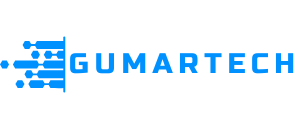Designing Effective Email Automation Workflows for Success
In the ever-evolving landscape of digital marketing, designing effective email automation workflows has emerged as a crucial component for businesses striving to connect with their audience efficiently and meaningfully. As companies seek to enhance their outreach through personalized communication, the role of automated emails has transformed from a simple tool into an essential strategy that can significantly impact customer engagement, retention, and conversion rates. This comprehensive guide aims to dissect every aspect of email automation workflows, providing marketers with actionable insights and strategies to optimize their email campaigns.
Understanding the Importance of Email Automation
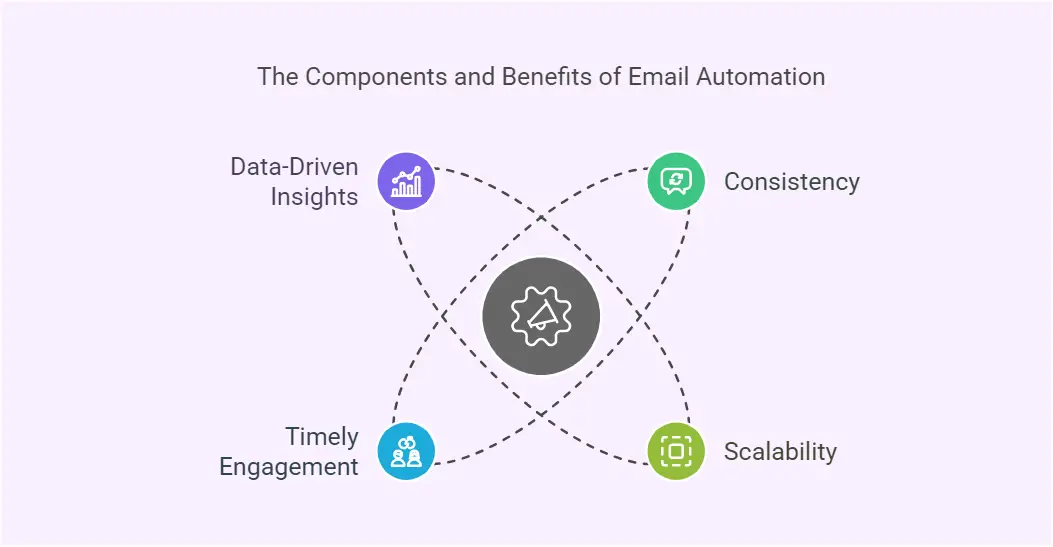
The digital marketplace is saturated with competition, and standing out requires not only creative marketing tactics but also the ability to deliver timely and relevant messages to potential customers. Email automation serves as a bridge between brands and consumers, enabling organizations to nurture leads while optimizing their marketing efforts.
The Role of Email Automation in Modern Marketing
Email automation encompasses a variety of tools and processes that streamline how businesses engage with subscribers and leads. In today’s fast-paced environment, consumers expect immediate responses and tailored communications. Automated email workflows allow companies to achieve these expectations without sacrificing quality or personal touch.
With email automation, businesses can send welcome messages, abandoned cart reminders, re-engagement emails, and targeted promotions based on user behavior. These workflows not only save time and resources but also foster stronger relationships with customers by delivering content that resonates with their interests and needs.
Moreover, email automation fosters efficiency, allowing marketers to focus on strategic initiatives instead of getting bogged down by repetitive tasks. When done correctly, the automation of emails can lead to improved brand loyalty and increased sales conversions over time.
Benefits of Implementing Email Automation

Email automation offers several advantages that contribute to the overall effectiveness of a marketing strategy:
- Consistency: By automating email campaigns, businesses ensure that their messaging remains consistent across all touchpoints. Consistency builds trust and credibility with audiences, making them more likely to engage with future communications.
- Scalability: Email automation allows businesses to scale their efforts seamlessly. Whether targeting a small group or a large audience, automated workflows can handle different volumes without compromising quality.
- Timely Engagement: Automated emails can be triggered based on user actions such as signing up for a newsletter, completing a purchase, or abandoning a shopping cart. This timely engagement increases the likelihood of conversions by reminding customers of their interests when they are most engaged.
- Data-Driven Insights: Automation tools often come equipped with analytics features that provide valuable insights into campaign performance. Marketers can track open rates, click-through rates, and other key metrics to refine their strategies continuously.
Common Misconceptions About Email Automation
Despite the evident benefits of email automation, several misconceptions hinder its adoption. One prevalent myth is that email automation eliminates the need for personal interaction. While automation does facilitate streamlined communication, it does not negate the importance of personalization. In fact, successful email automation relies heavily on creating customized experiences for users.
Another misconception revolves around the belief that automated emails are impersonal. On the contrary, effective email automation enhances personalization by utilizing data-driven insights to tailor messages to individual preferences. When businesses use automation strategically, they can create richer experiences that resonate deeply with their audiences.
Lastly, some marketers believe that once an email automation workflow is set up, it requires no further attention. However, continuous monitoring and adjustments based on recipient behavior are essential for maintaining engagement and optimizing results over time.
Key Components of an Effective Email Automation Workflow
Designing effective email automation workflows requires careful planning and execution. Each component plays a vital role in ensuring that the workflow meets the business’s objectives while resonating with the target audience.
Defining Your Objectives and Goals
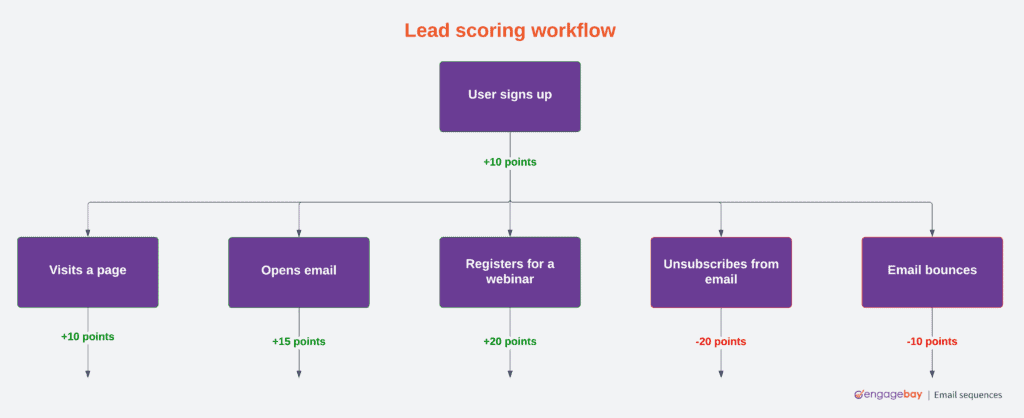
Before embarking on the journey of creating email automation workflows, it’s imperative to identify the objectives you aim to achieve. Focusing your goals will provide clarity and direction throughout the process.
Defining clear objectives allows organizations to understand what they want from their email automation efforts. Whether the goal is to increase leads, boost sales, enhance customer engagement, or improve brand awareness, having measurable targets is crucial.
Once you have identified specific goals, it’s essential to align your email campaigns with broader marketing strategies. Integrating your automation initiatives with existing promotional activities ensures consistency and reinforces your brand identity.
Segmenting Your Audience for Targeted Campaigns
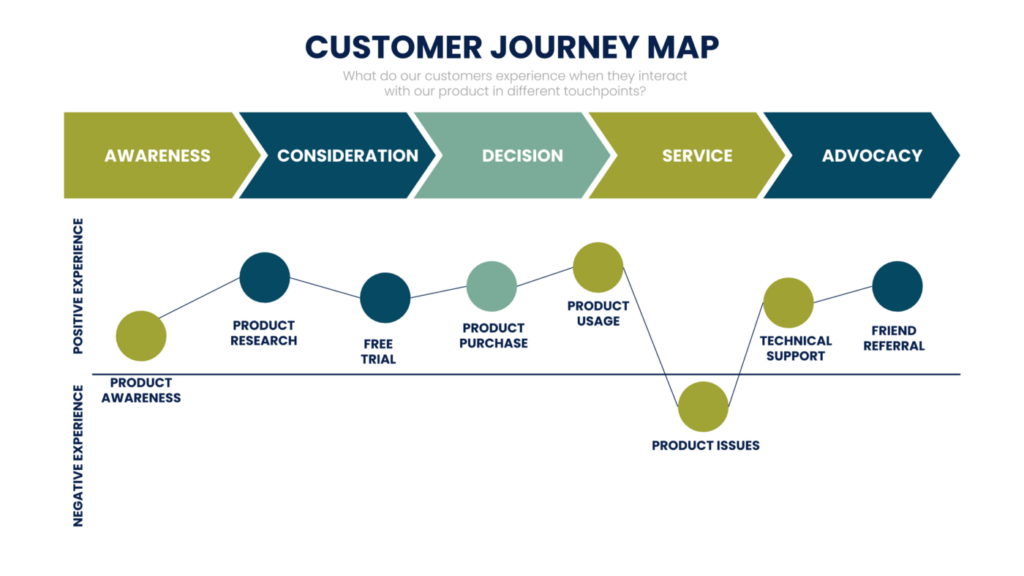
Audience segmentation is a fundamental element of designing effective email automation workflows. By categorizing subscribers based on demographics, behaviors, preferences, or past interactions, marketers can tailor their messaging to specific groups.
Segmentation goes beyond simply grouping contacts; it involves developing deep insights into each segment’s needs and interests. For instance, a retail brand may choose to segment its audience based on purchase history, creating distinct campaigns for frequent buyers, occasional shoppers, and first-time visitors.
Automated workflows that leverage segmentation lead to higher engagement rates because recipients receive messages that are relevant to them. This personalized approach fosters a sense of connection with the brand, encouraging subscribers to interact positively with your emails.
Crafting Engaging Content and Messaging
The success of any email automation workflow hinges on the quality of content and messaging. Engaging content is integral to capturing your audience’s attention and driving them to take action.
When crafting content, maintain a balance between informative value and persuasive language. Incorporate storytelling elements to create an emotional connection with readers, making your messages memorable. Use visuals, such as images, GIFs, or infographics, to complement the text and enhance the reader’s experience.
Additionally, ensure that your subject lines are catchy and compelling. The subject line often serves as the first impression, influencing whether recipients open the email. Experiment with different styles, tones, and word choices to determine which ones resonate best with your audience.
Setting Up Triggers and Conditions
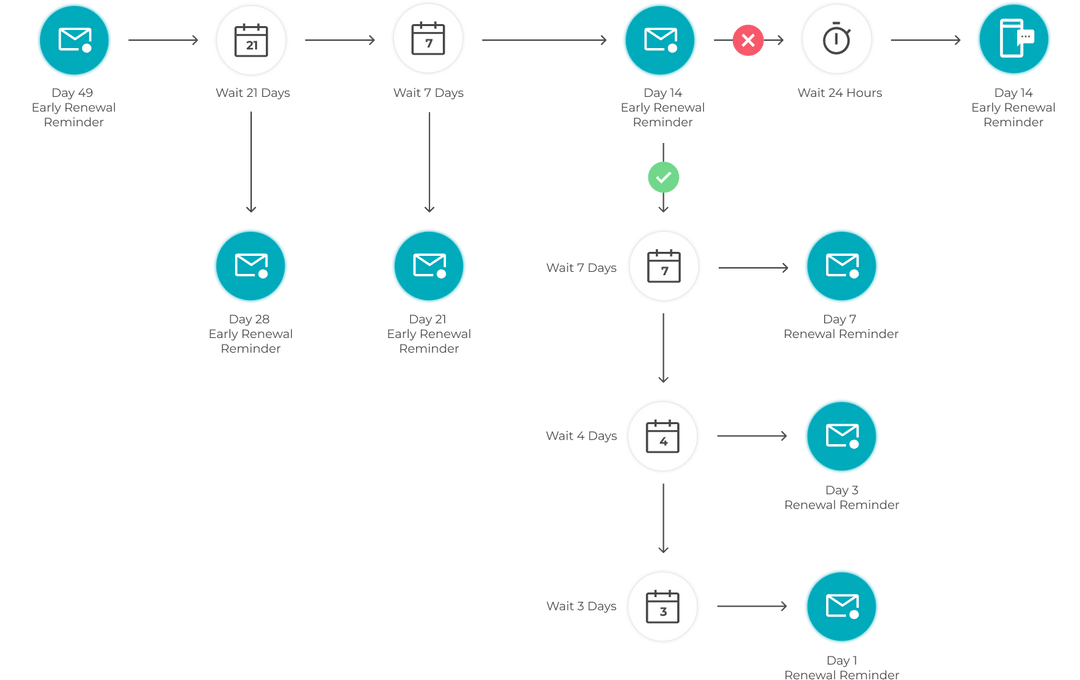
Triggers play a pivotal role in email automation workflows, determining when specific emails will be sent to subscribers based on predefined actions or conditions. Common triggers include user sign-ups, cart abandonment, website visits, and engagement with previous emails.
Using behavioral triggers allows marketers to engage users at the right moment, increasing the chances of conversion. For example, if a customer abandons their shopping cart, sending a reminder email within a few hours can rekindle their interest and encourage them to complete their purchase.
It’s essential to test various triggers to see how they perform. Consider experimenting with timing and content to find the optimal combination that leads to higher engagement rates. Regularly review your triggers and make necessary adjustments based on evolving customer behaviors.
Testing and Iterating Your Workflow
Testing and iteration are crucial components of refining your email automation workflows. Just because a workflow is set up doesn’t mean it can’t be improved. Regularly assessing its performance ensures that your campaigns remain relevant and effective.
A/B testing is a powerful technique that allows marketers to compare two variations of an email to determine which one performs better. Test different subject lines, content formats, call-to-action buttons, and sending times to gather valuable insights into audience preferences.
Based on the results of your tests, iteratively optimize your workflows. Adapt to new trends, technologies, and changing consumer behaviors to keep your email automation strategy fresh and engaging.
Tools and Technologies for Email Automation
Selecting the right tools and technologies is pivotal for streamlining email automation workflows. Numerous platforms cater to different marketing needs, offering unique features and capabilities.
Overview of Popular Email Automation Platforms
Several email automation platforms stand out due to their robust features, user-friendly interfaces, and flexibility. Some of the most popular options include Mailchimp, HubSpot, ActiveCampaign, and GetResponse.
Mailchimp is widely recognized for its intuitive design and extensive integration options, making it suitable for businesses of all sizes. Its automation features, including customer journey mapping and triggered emails, empower marketers to create personalized experiences.
HubSpot offers a comprehensive marketing suite, integrating CRM and email automation functionalities. This platform allows users to create segmented lists, optimize workflows, and monitor performance metrics seamlessly.
ActiveCampaign is known for its advanced segmentation capabilities and machine learning features. It enables marketers to create highly personalized campaigns based on user behavior and preferences.
GetResponse provides a user-friendly interface along with landing page creation tools. Its automation workflows and e-commerce integrations make it an appealing choice for online retailers.
As we explore more email automation tools, it’s evident that selecting the right platform depends on your business needs and goals.For businesses seeking a user-friendly platform with robust automation capabilities, GetResponse is a standout choice. Its intuitive interface and powerful workflow builder enable marketers to design personalized campaigns with ease. Whether you’re crafting abandoned cart reminders, welcome emails, or product recommendations, GetResponse provides an array of pre-designed templates and analytics tools to help optimize performance. The seamless integration with e-commerce platforms makes it an excellent option for online retailers aiming to enhance their customer journeys.
Integrating Email Automation with Other Marketing Tools
To maximize the impact of email automation, consider integrating it with other marketing tools and platforms. Seamless integration enhances data flow and facilitates collaboration across different channels.
For instance, connecting your email automation platform with Customer Relationship Management (CRM) software enables marketers to access valuable customer data. This connection empowers teams to personalize email content based on purchase history, demographics, and interactions.
Additionally, integrating email automation with social media platforms allows you to retarget users who have engaged with your social content. This omnichannel approach reinforces your messaging and expands your reach.
Moreover, consider integrating analytics tools to gain deeper insights into email performance. Tracking user behavior across multiple touchpoints helps marketers refine their strategies and optimize their email campaigns continually.
Evaluating Features and Capabilities of Automation Software
When choosing email automation software, evaluating the features and capabilities offered is essential. Key features to consider include:
- Drag-and-Drop Editor: A user-friendly editor enables marketers to create visually appealing emails without technical expertise.
- Advanced Segmentation: Look for platforms that offer advanced segmentation capabilities to tailor campaigns effectively.
- Analytics and Reporting: Robust analytics features provide insights into email performance, helping marketers make data-driven decisions.
- A/B Testing Options: Software with A/B testing functionality allows users to experiment and optimize campaigns easily.
- Integration Options: Ensure the automation software integrates well with other marketing tools, allowing for seamless collaboration.
By carefully evaluating these features, marketers can select an email automation platform that aligns with their specific needs and objectives.
By leveraging such powerful tools, businesses can unlock new possibilities for engagement and scalability. When it comes to advanced segmentation and personalization, ActiveCampaign is a leader in the field. Its machine learning features allow marketers to create hyper-targeted email campaigns based on user behavior and preferences. From A/B testing subject lines to tracking customer journeys, ActiveCampaign provides deep insights that enable continuous optimization. This platform is particularly suitable for businesses that want to build lasting relationships with their audience through meaningful, data-driven communication.
Best Practices for Designing Email Automation Workflows
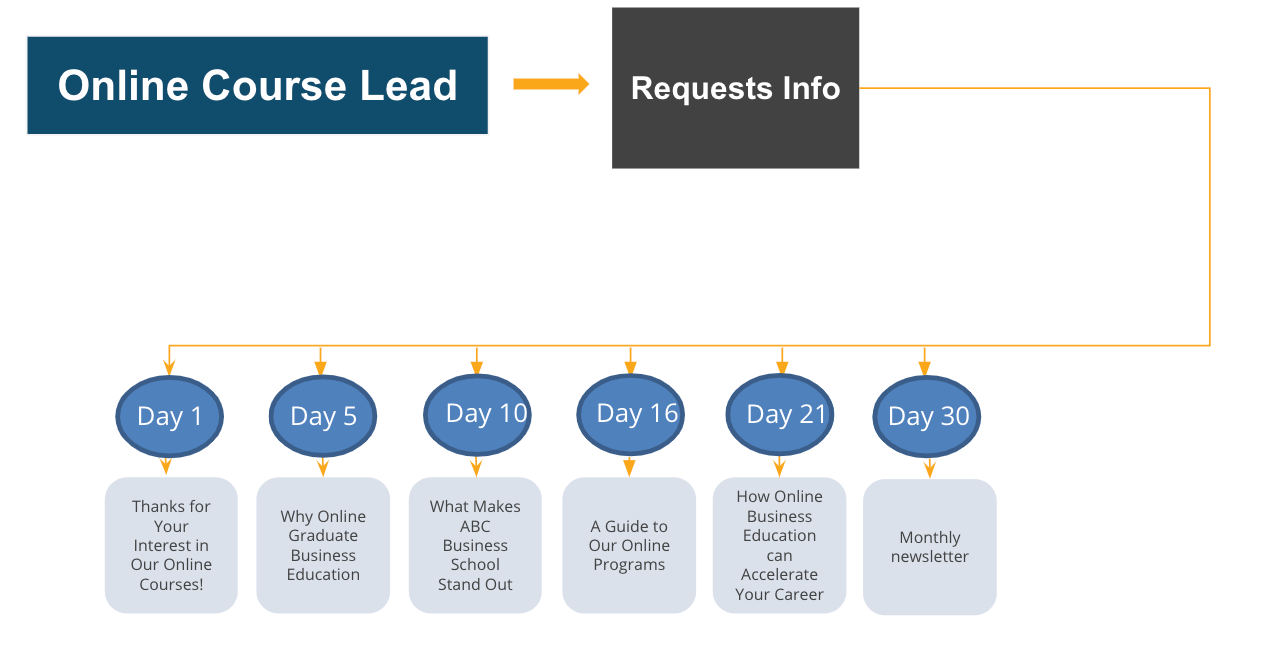
Creating effective email automation workflows involves adhering to best practices that enhance engagement and drive results. Following these guidelines can help marketers elevate their email automation strategies.
Personalization Techniques to Enhance Engagement
Personalization is a cornerstone of successful email automation. To create meaningful connections with your audience, implement personalization techniques throughout your workflows.
Begin by addressing recipients by their names in emails. Using dynamic content based on subscriber data adds a personalized touch that makes readers feel valued and seen.
Consider segmenting your audience further by analyzing their preferences and behaviors. Tailor content according to their interests or past interactions, ensuring that each message resonates with their needs.
Incorporating recommendations into your emails can enhance the personalization experience. For instance, suggesting products based on previous purchases or browsing behavior can motivate subscribers to return to your site.
Timing and Frequency: Finding the Right Balance
Timing and frequency significantly impact the effectiveness of email automation workflows. Striking the right balance entails considering your audience’s behavior and preferences.
Experiment with sending times to discover when your recipients are most responsive. This could involve testing different days of the week or times of day to identify patterns in open and click rates.
While regular communication is important, avoid overwhelming recipients with excessive emails. Establish a cadence that keeps your brand top-of-mind without becoming intrusive. For example, weekly newsletters or monthly updates can maintain engagement without cluttering inboxes.
Additionally, analyze engagement metrics to fine-tune your email frequency. If you notice declining open rates, consider reducing the number of emails sent or adjusting the content strategy to regain interest.
Monitoring Metrics and Analytics for Continuous Improvement
Monitoring key metrics and analytics is vital for assessing the success of email automation workflows. By analyzing performance data, marketers can identify areas for improvement and adapt their strategies accordingly.
Common metrics to track include open rates, click-through rates, conversion rates, bounce rates, and unsubscribe rates. Each metric provides insights into how well your emails are performing and the level of engagement among your audience.
Utilize reporting tools offered by your email automation platform to create detailed reports. Analyze trends over time to understand what works and what doesn’t. This data-driven approach allows marketers to refine their workflows consistently, leading to improved performance.
Compliance with Regulations and Best Practices
As email automation becomes increasingly prevalent, compliance with regulations and best practices is paramount. Familiarize yourself with laws like the General Data Protection Regulation (GDPR) and the CAN-SPAM Act to ensure your email campaigns adhere to legal standards.
Obtain explicit consent from subscribers before sending marketing emails. Include clear and accessible opt-in options during sign-up processes, and provide users with the ability to unsubscribe easily.
Respecting privacy not only keeps your brand compliant but also builds trust with your audience. Being transparent about how you collect and utilize personal information helps establish a positive brand reputation.
Case Studies: Successful Email Automation Strategies

Examining real-world case studies can provide valuable insights into successful email automation strategies. By analyzing various approaches taken by businesses, marketers can glean inspiration for their own email campaigns.
B2B Email Automation Success Stories
In the B2B sector, companies like HubSpot and Salesforce have effectively employed email automation to nurture leads through the buyer’s journey. HubSpot, for instance, utilizes a series of automated emails to guide prospects through educational content, ultimately converting them into paying customers.
One remarkable success story involves a SaaS company that implemented a lead nurturing campaign using automated emails. By sending tailored content based on user interactions, the company witnessed a significant increase in lead conversion rates. Personalized follow-up emails kept prospects engaged and informed, resulting in a successful sales funnel.
B2C Email Automation Tactics That Worked
Retail giants like Amazon and Zappos have mastered the art of email automation in the B2C space. They employ sophisticated algorithms to recommend products based on behavioral data, creating personalized shopping experiences.
One notable tactic is Amazon’s abandoned cart recovery emails. When customers leave items in their carts, Amazon sends timely reminders showcasing those products, often accompanied by reviews and ratings. This approach encourages users to finalize their purchases and enhances overall customer satisfaction.
Another successful example comes from Zappos, which uses post-purchase automation to engage customers after their initial purchase. Through follow-up emails featuring relevant product suggestions, Zappos fosters long-term loyalty and repeat purchases.
Lessons Learned from Failed Automation Attempts
Analyzing failed automation attempts can provide valuable lessons for marketers. One common pitfall is failing to segment audiences effectively, resulting in irrelevant content reaching recipients. This practice can lead to high unsubscribe rates and damaged brand perception.
In another case, a company launched an automated drip campaign but neglected to monitor engagement metrics. Consequently, they continued sending irrelevant emails even as recipients lost interest. This oversight not only wasted resources but also tarnished the company’s reputation.
These failures underscore the importance of continuous monitoring and adaptation in email automation efforts. By learning from missteps, marketers can refine their strategies and develop more effective workflows.
Conclusion
Designing effective email automation workflows is not merely a task; it is an ongoing journey that requires careful planning, execution, and optimization. By understanding the significance of email automation, implementing key components thoughtfully, leveraging the right tools, and adhering to best practices, businesses can create impactful email campaigns that resonate with their audiences.
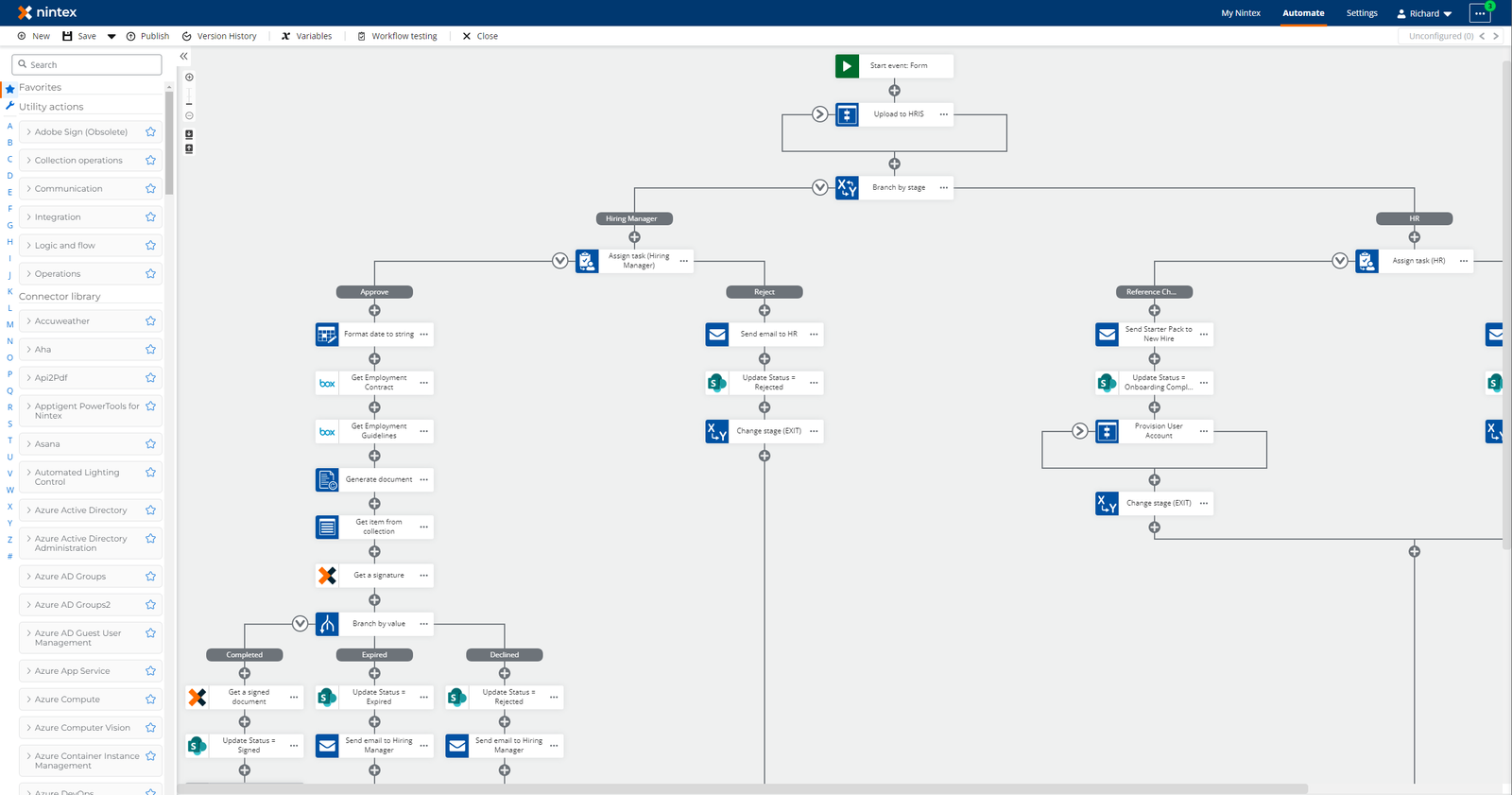
Through continuous analysis, testing, and refinement, marketers can unlock the full potential of their email automation efforts, enhancing customer engagement, loyalty, and conversion rates. In an era where personalized communication is paramount, mastering email automation is essential for any organization looking to thrive in the digital marketplace.
